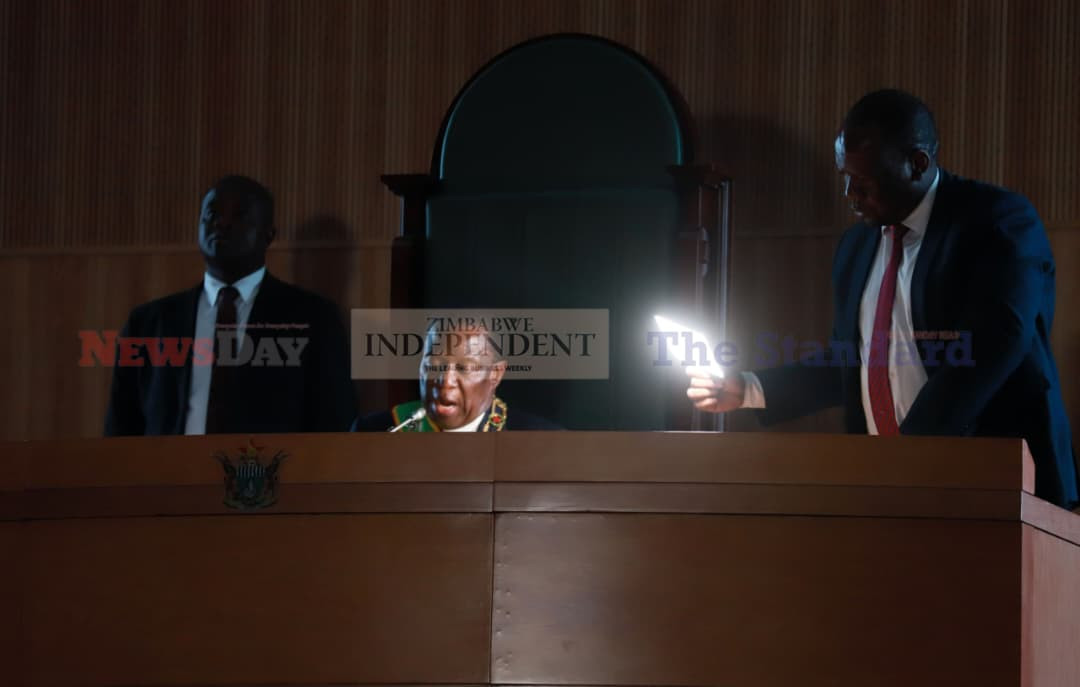
BOARD reports are not merely information dumps; they are tools for strategic dialogue between management and the board as they shape the strategy and direction of the organisation. The majority of reports going to the board are data dumps with zero insights.
The modern chief executive officer (CEO) is the architect of strategic vision, the steward of organisational culture, and, perhaps most critically, the primary communicator to the board of directors.
The CEO's report to the board is more than a mere update; it is a strategic narrative that frames the organisation's trajectory, captures its challenges, and aligns the board's focus on long-term value creation.
The purpose of the CEO's report
At its core, the CEO's report is a tool for alignment. It bridges the gap between the day-to-day operations and the strategic imperatives of the organisation.
The board relies on the CEO to provide a truthful view of the business, offering insights that extend beyond surface-level metrics. This report is an opportunity for the CEO to:
Frame the strategic context: Every board meeting occurs within a broader strategic context. The CEO must set the stage by outlining the macroeconomic, competitive, and regulatory environments impacting the business. This context ensures that board members understand the external factors influencing decision-making.
Highlight key strategic initiatives: The CEO's report should focus on the progress of key strategic initiatives, providing a clear picture of where the company stands in relation to its long-term goals. This is where the CEO demonstrates the alignment between strategy and execution, showing how short-term actions contribute to long-term objectives.
- Meikles Empire: An heir emerges
- Vungu Dam water treatment and irrigation project takes off
- Vungu Dam water treatment and irrigation project takes off
- Top guns sign off with $2,4 billion windfall..Dairibord, POSB shareholders pampered
Keep Reading
Address risks and challenges: A critical aspect of the CEO's role is to identify and address risks. Whether it is market volatility, operational hurdles, or internal cultural issues, the CEO must be transparent about the challenges the organisation faces. This honesty not only builds trust but also empowers the board to provide the necessary support or guidance.
Celebrate wins, but stay grounded: While it is important to celebrate successes, the CEO's report should strike a balance between optimism and realism. The Board needs to see both the wins and the underlying issues that could impede future success. This balanced approach fosters a culture of continuous improvement.
Ensure financial transparency: Financial performance is a critical component of the CEO's report. However, it's not just about presenting the numbers—it's about making those numbers meaningful. The CEO should provide insights into the financial health of the organisation, explaining the implications of financial metrics on the company's strategic direction.
The power of insights
The ability to extract actionable insights from vast amounts of information is a distinguishing capability of effective CEOs.
Insights are the lens through which raw data is transformed into strategic intelligence, guiding decision-making and shaping the organisation's future.
Identifying the 'why' behind the data: Insights go beyond the 'what'—they reveal the 'why.' The CEO must dig deeper into the data to understand the underlying factors driving performance metrics. For example, if sales have increased, is it due to a temporary market trend, or is it the result of a successful strategic initiative? Avoid speculative explanations not supported by data. In addition, avoid generic explanations that any person from the street can give. Understanding the causality behind the numbers allows the Board to make informed decisions that align with long-term objectives.
Connecting the dots: One of the CEO's most critical roles is to synthesise information from across the organisation and identify patterns or trends that may not be immediately apparent. This ability to connect the dots between seemingly unrelated data points is where insights are born. By highlighting these connections in the report, the CEO helps the Board see the bigger picture and understand the broader implications of specific issues.
Anticipating future challenges and opportunities: Insights are not just about understanding the present—they are about anticipating the future. A CEO who can forecast potential challenges and opportunities based on current data provides the Board with a strategic advantage. This forward-thinking approach enables the organisation to be proactive rather than reactive, positioning it for long-term success.
Making insights actionable: An insight is only valuable if it leads to action. The CEO must not only present insights but also offer recommendations on how to leverage them. This might involve adjusting a strategy, reallocating resources, or exploring new market opportunities. By turning insights into actionable steps, the CEO ensures that the Board can translate strategic intelligence into tangible results.
Compelling narrative
The most effective CEO reports go beyond data and metrics; they tell a story. This narrative approach helps board members connect the dots between various aspects of the business, providing a holistic view that informs decision-making.
Start with the big picture: Begin the report with a high-level overview of the strategic landscape. This should include the strategic priorities driving current initiatives. By starting with the big picture, the CEO sets the stage for a deeper analysis into specific areas of focus.
The details: Once the strategic context is established, the CEO should go into the specifics — key performance indicators (KPIs), progress on strategic initiatives, and operational highlights. Each section should be linked back to the overall strategy, demonstrating how these elements contribute to long-term goals.
Integrate quantitative and qualitative data: Numbers are essential, but they need context. The CEO should blend quantitative data with qualitative insights, providing a comprehensive view of the business. For example, financial metrics should be accompanied by explanations of what those metrics mean for the business, and operational updates should include insights into employee morale and customer satisfaction.
Use visuals wisely: Visuals such as charts, graphs, and infographics can enhance understanding and retention. However, they should be used judiciously—each visual should add value and clarity to the narrative. Avoid cluttering the report with unnecessary visuals that could detract from the key messages.
End with a call to action: The report should conclude with a clear call to action. This could be a request for the board's approval on a strategic decision, a recommendation for further exploration of a specific issue, or simply an invitation for feedback. The CEO should ensure that the board leaves the meeting with a clear understanding of what is needed from them.
Building trust through transparency
The CEO's report is not just a communication tool; it's a trust-building exercise. Transparency is key — board members need to trust that they are getting an accurate and complete picture of the business.
This means being forthright about challenges, acknowledging uncertainties, and providing a realistic view of the path forward.
Transparency also extends to the CEO's leadership.
The report should reflect the CEO's commitment to the organisation's success and their accountability for its performance.
By demonstrating a willingness to confront difficult issues and make tough decisions, the CEO reinforces their credibility with the board.
Conclusion
The CEO's report to the board is a strategic artifact that goes beyond mere reporting. It is a narrative that captures the organisation's journey, its challenges, and its future direction.
By framing the strategic context, highlighting key initiatives, addressing risks, ensuring financial transparency, and, most importantly, embedding actionable insights, the CEO can craft a report that not only informs but also inspires the Board to engage deeply with the company's strategic vision.
- Nguwi is an occupational psychologist, data scientist, speaker and managing consultant at Industrial Psychology Consultants (Pvt) Ltd, a management and HR consulting firm. https://www.linkedin.com/in/memorynguwi/ Phone +263 24 248 1 946-48/ 2290 0276, cell number +263 772 356 361 or e-mail: [email protected] or visit ipcconsultants.com.











